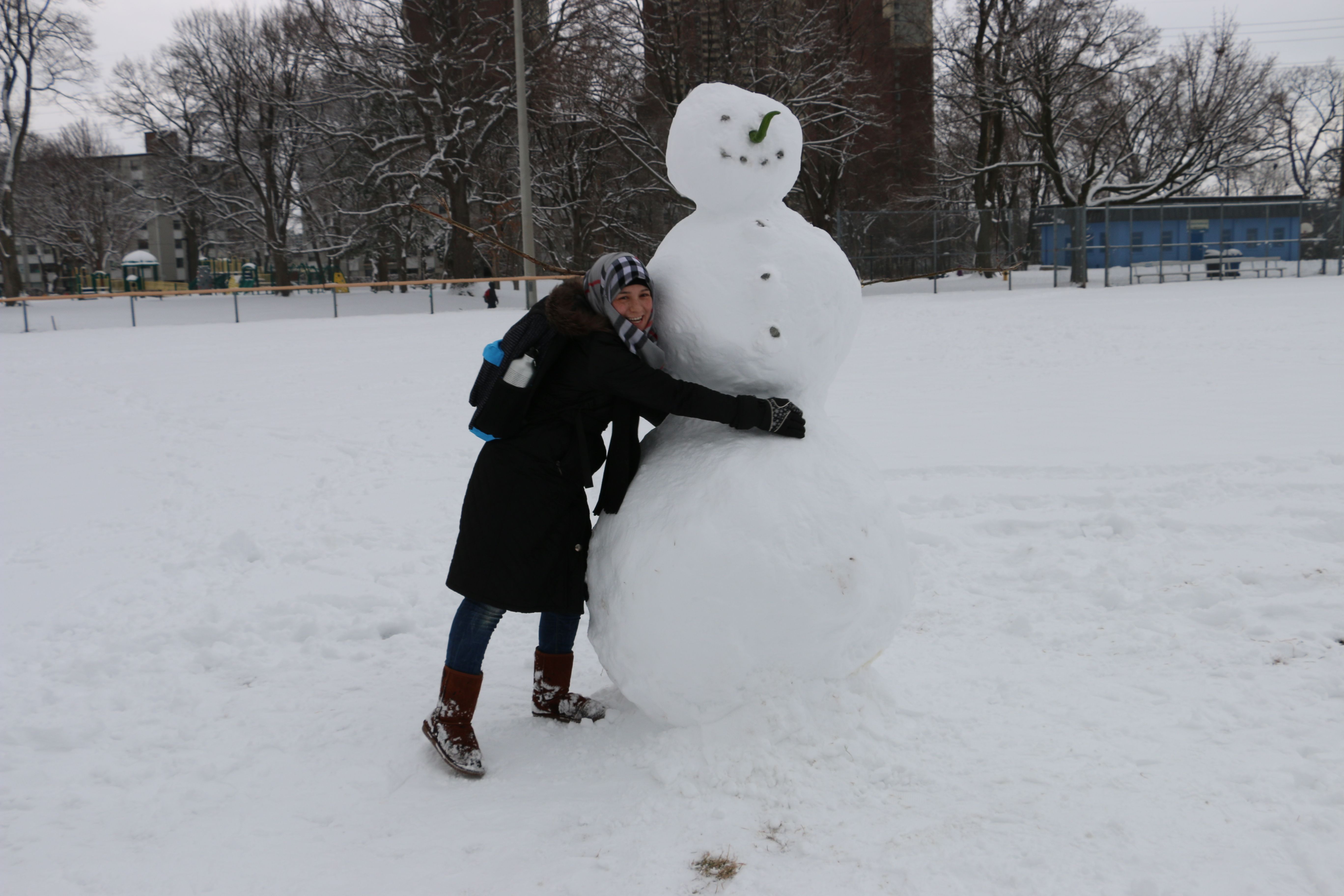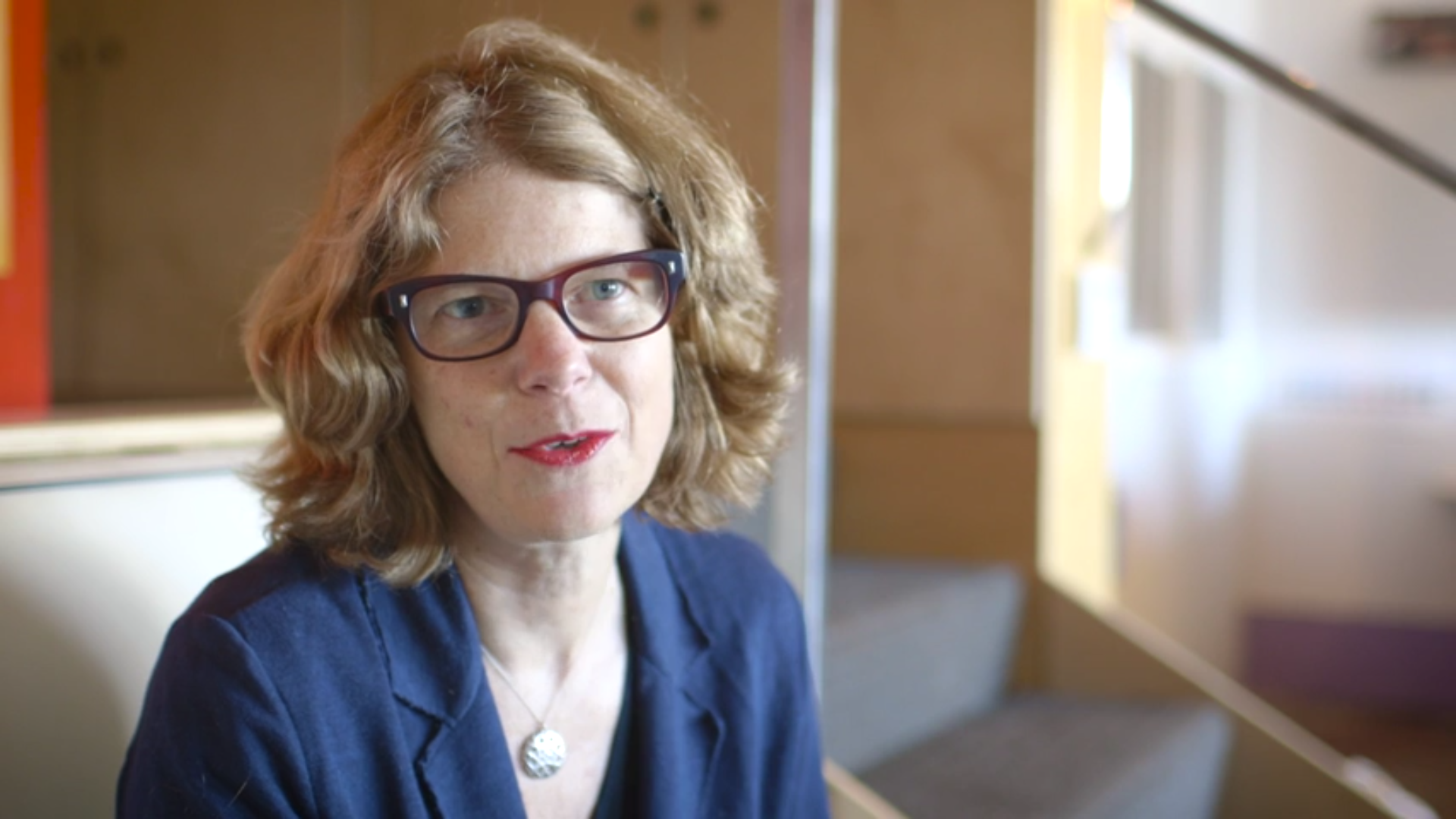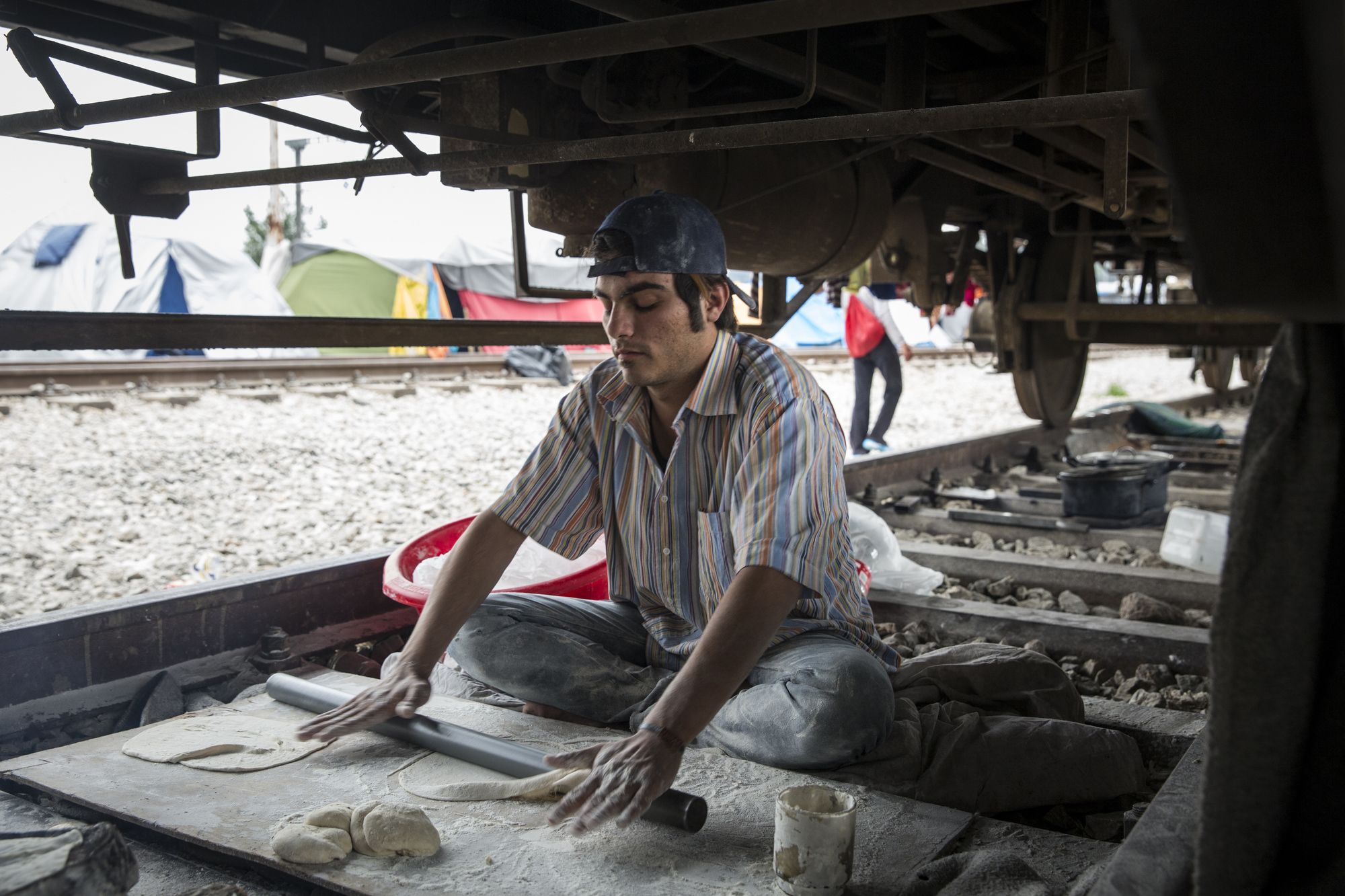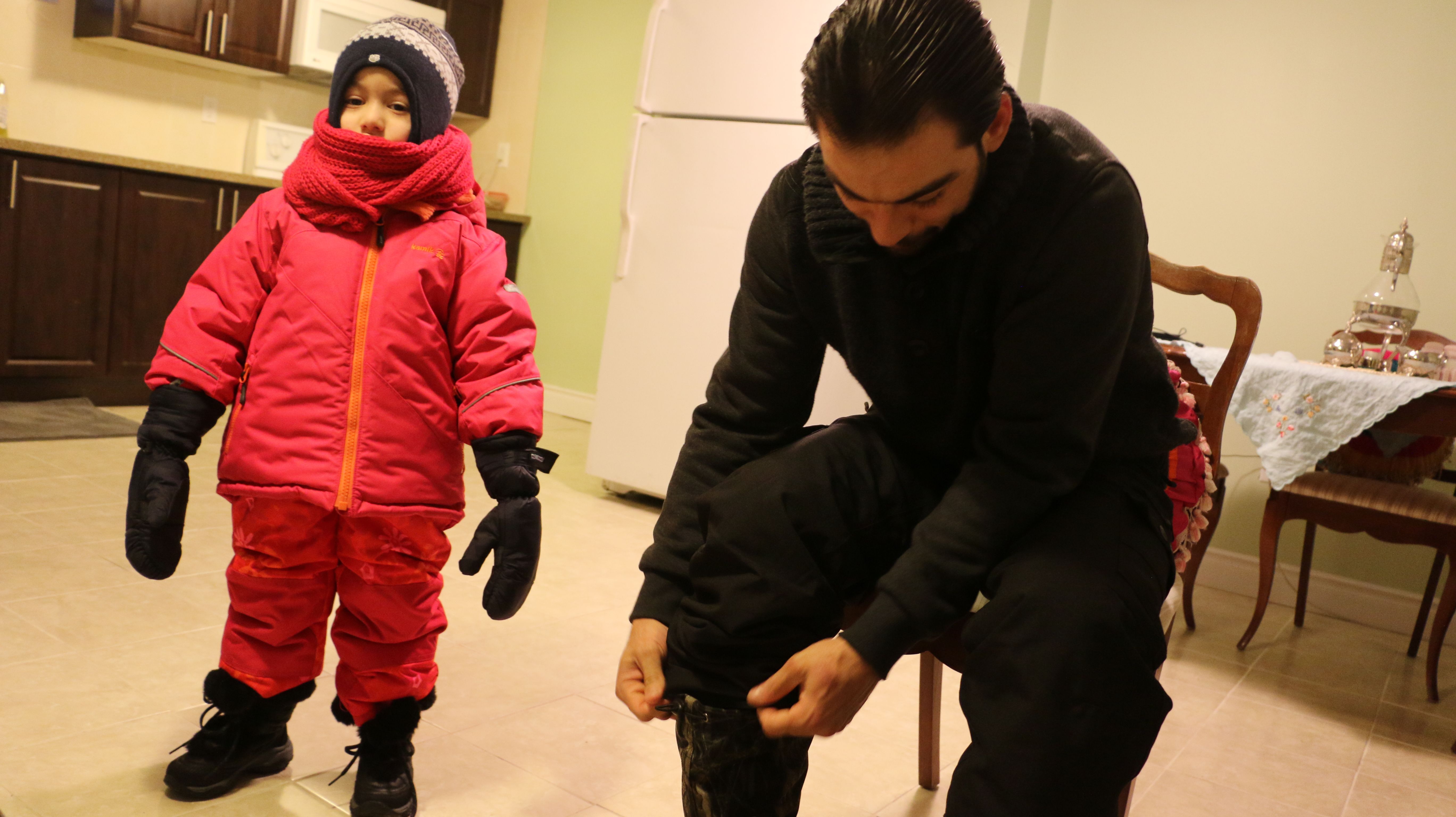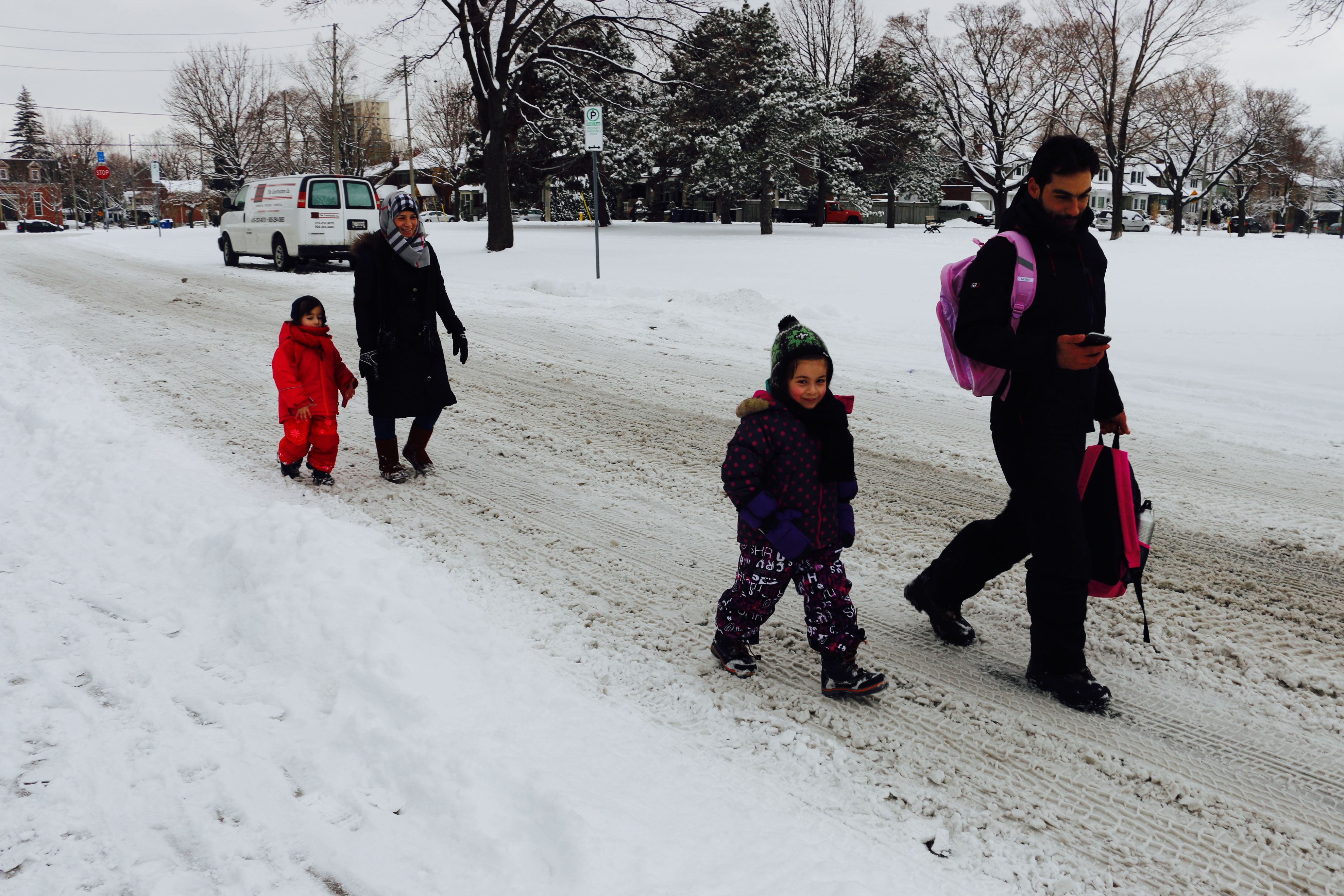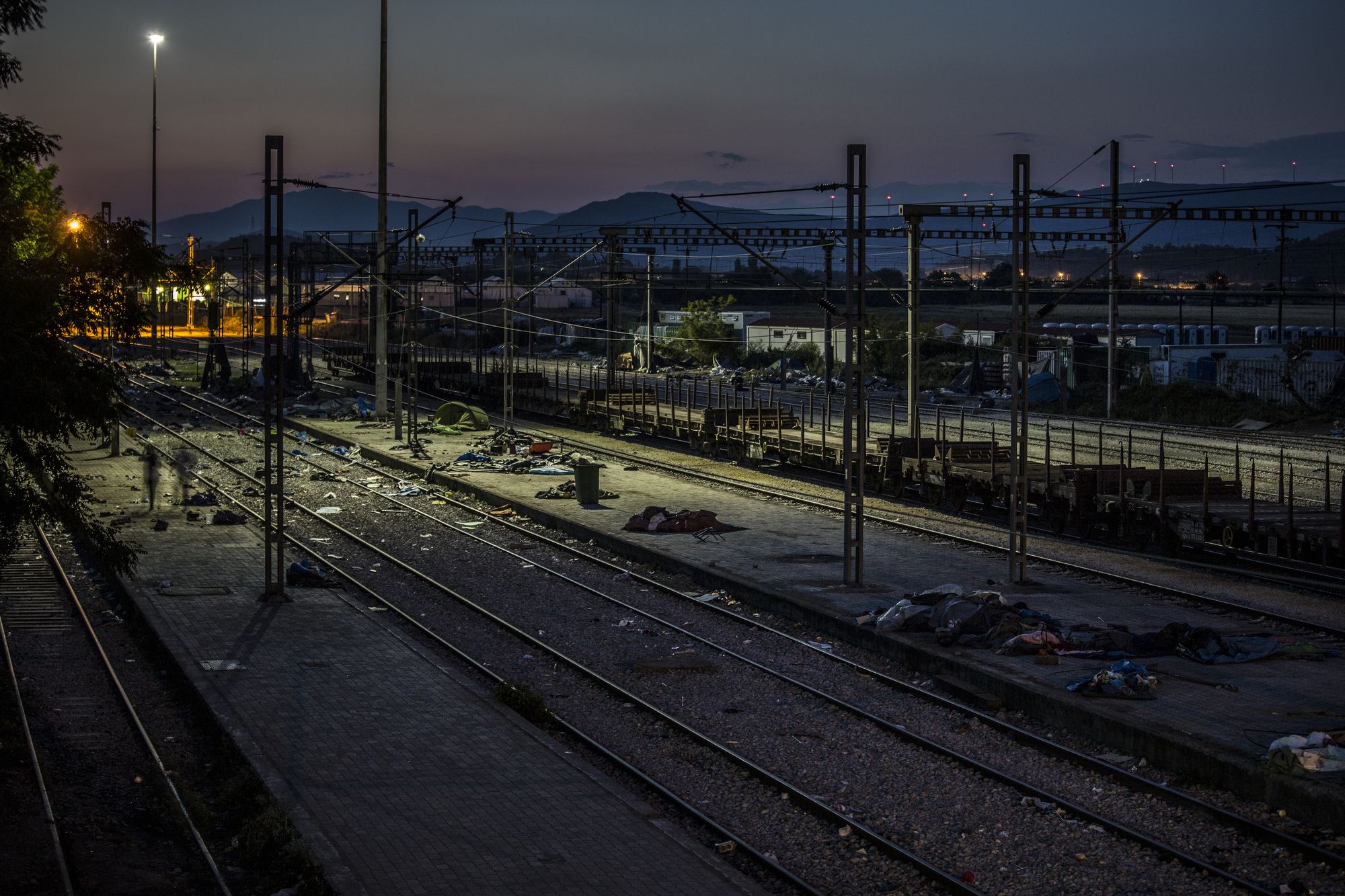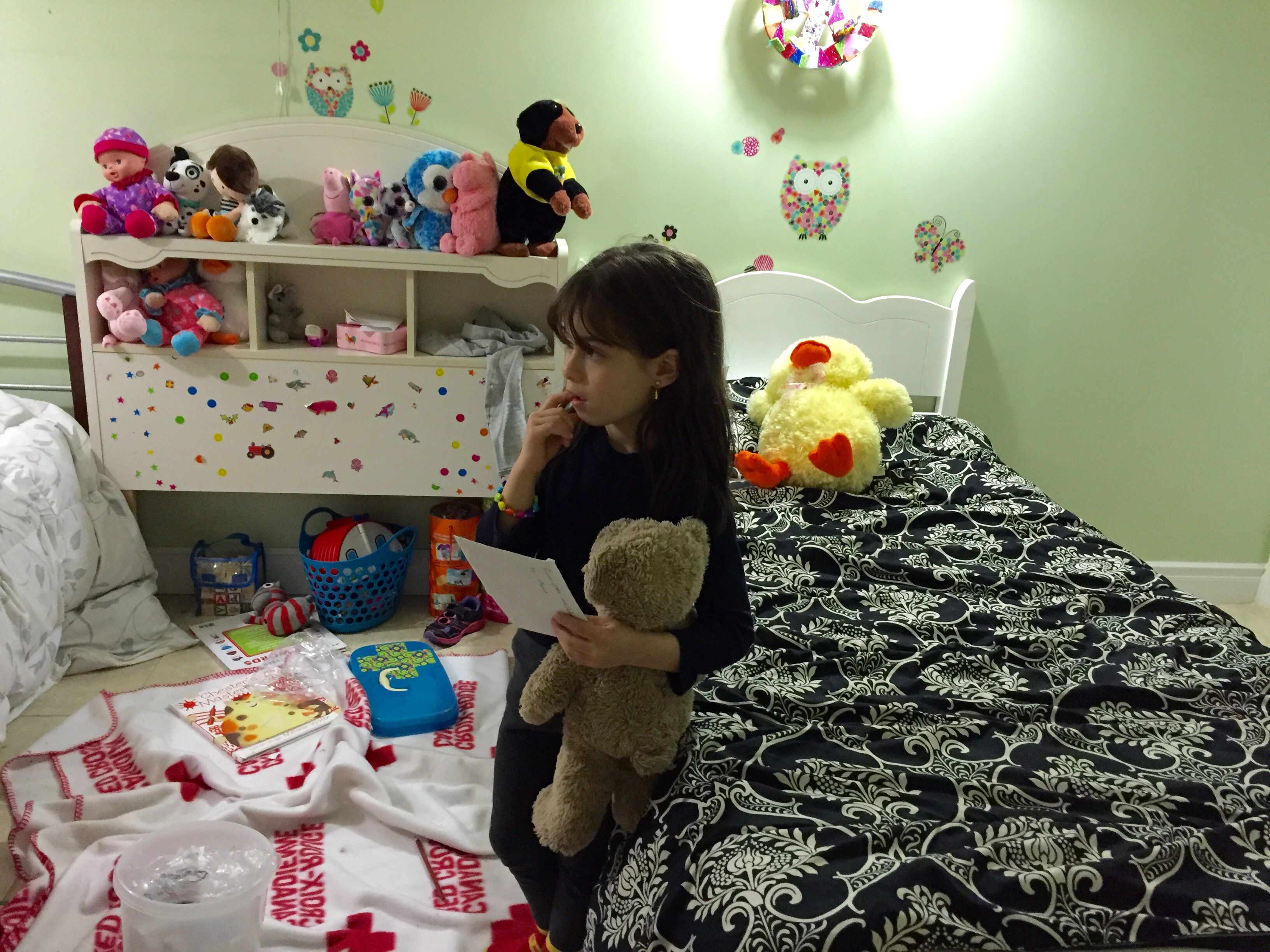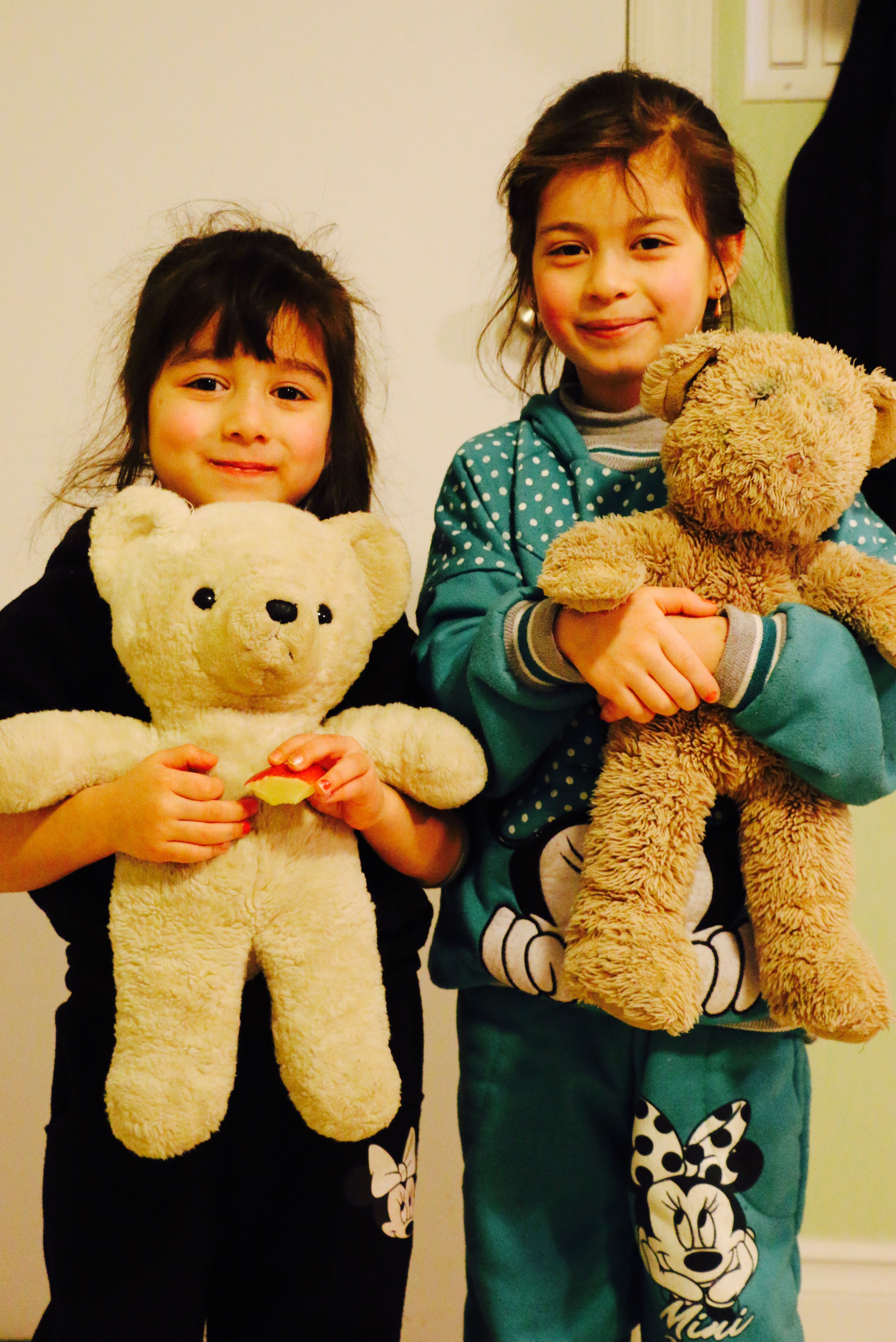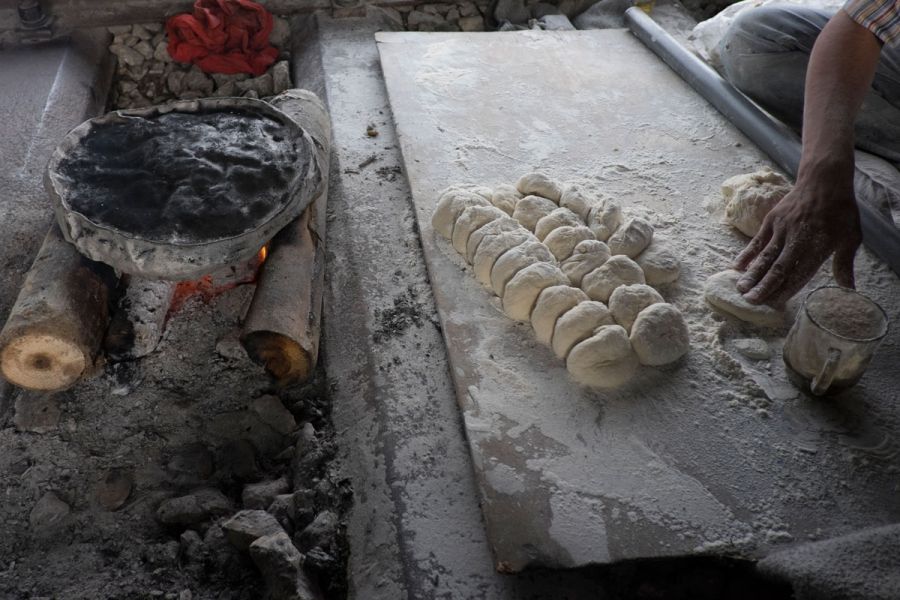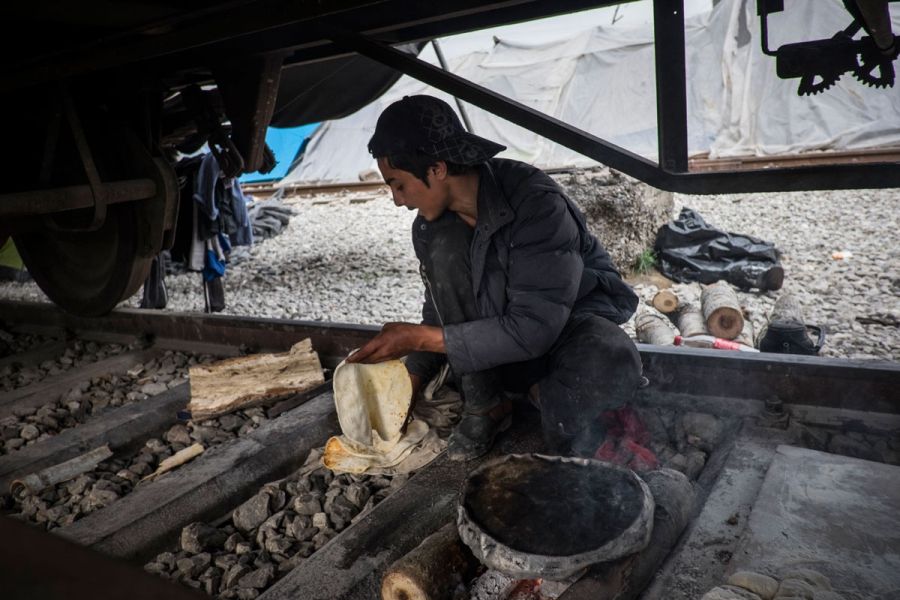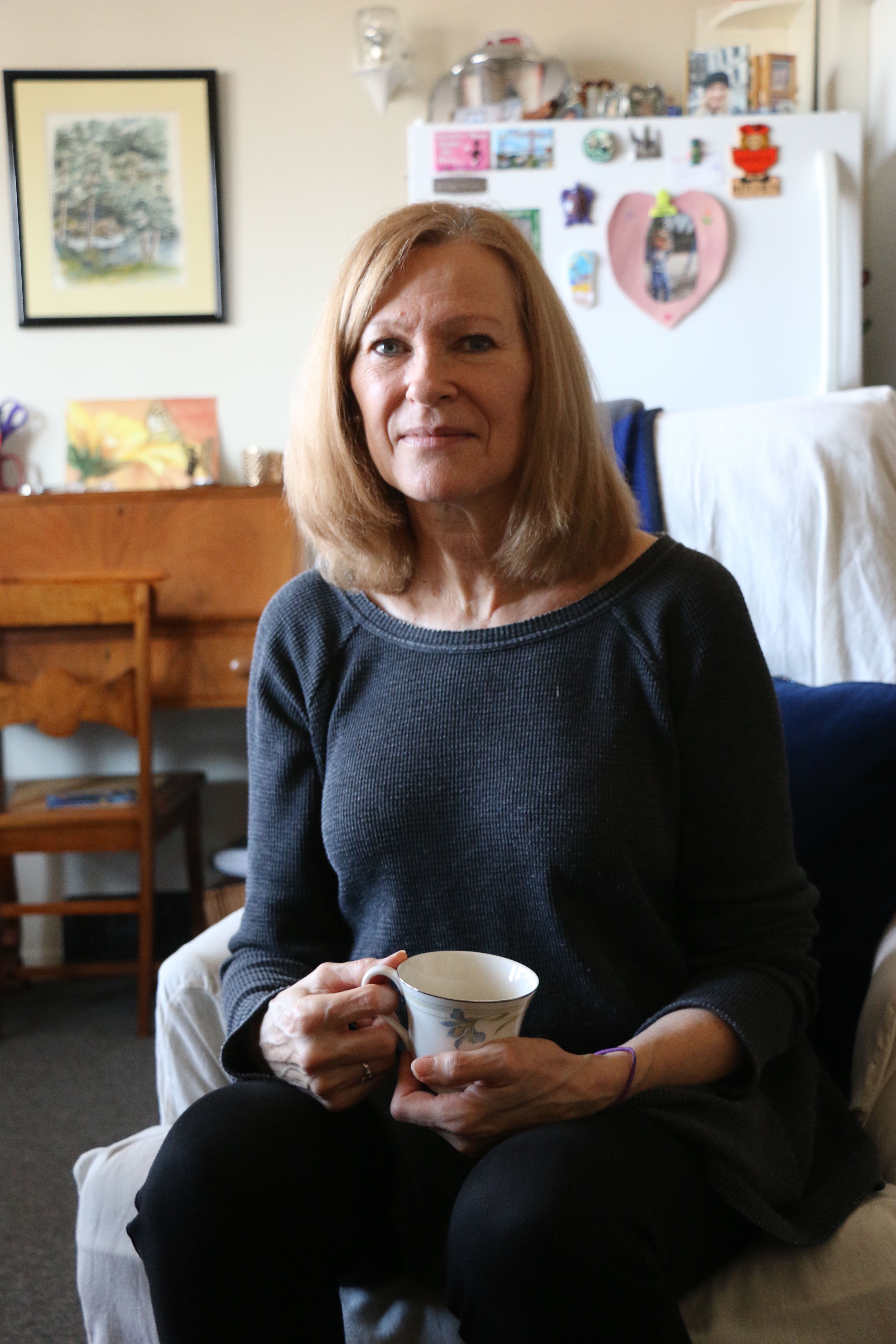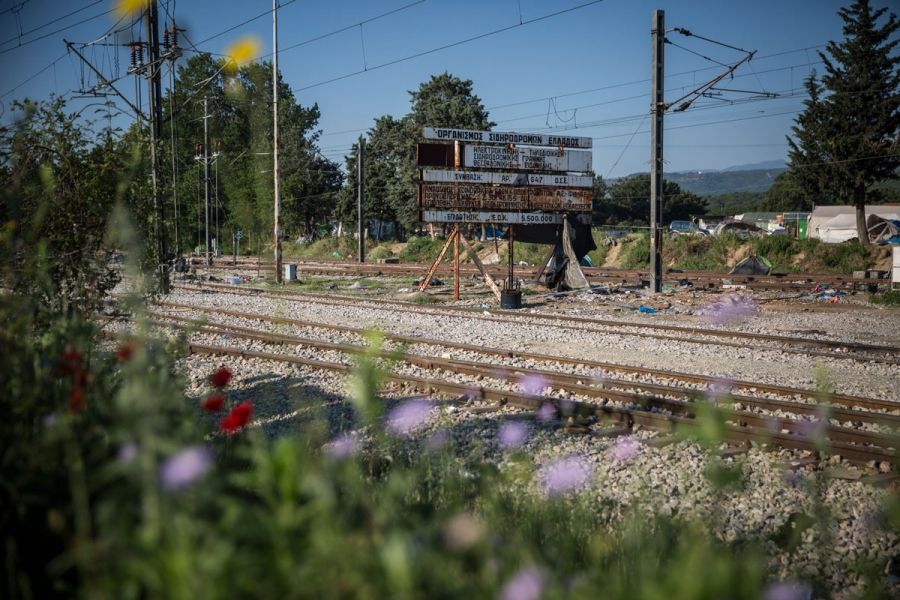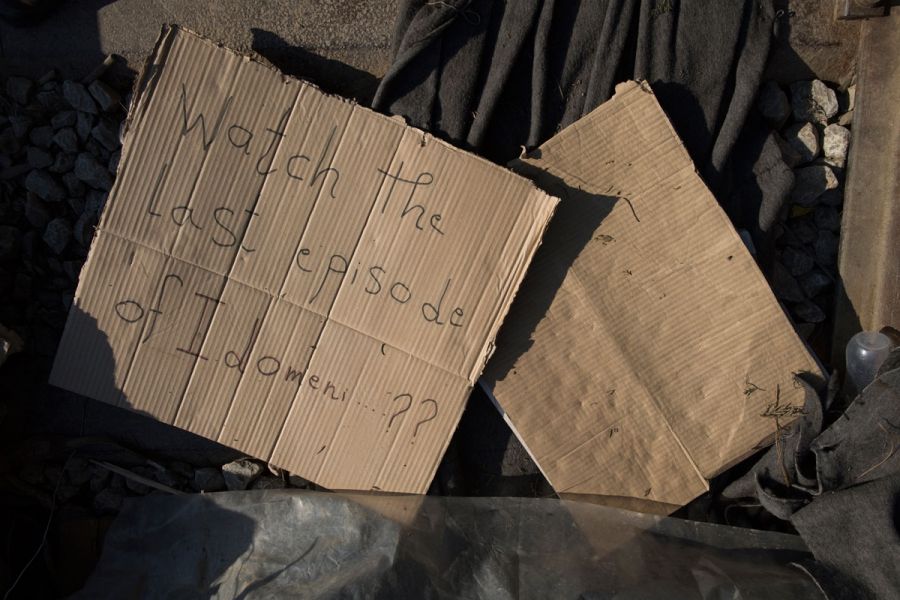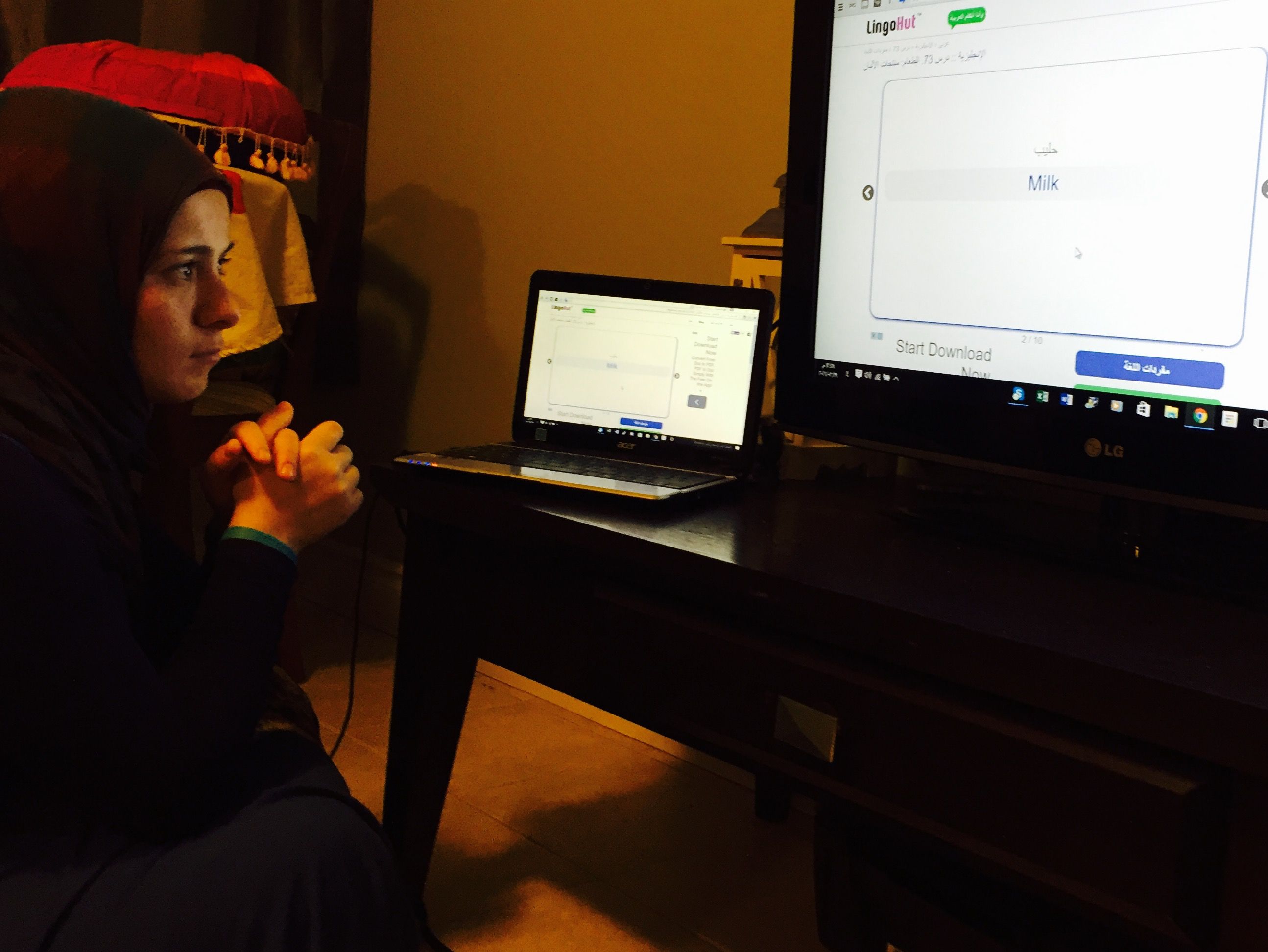The Big Idea:
As we conclude our first semester, current global events provide us with an important and valuable opportunity to evaluate many of the dynamics we’ve discussed so far this year. Specifically, the Syrian refugee crisis and the response of the United States enables us to consider governmental decisionmaking, the human response to geographic displacement, and the assorted issues that drive the debate.
The Task:
Following classwork to explore and analyze the refugee crisis as it unfolds, each of you will provide your recommendation for the number of refugees that the United States should accept. There will be three parts of this process for which you will be accountable:
-
Decide on the number of Syrian refugees you believe that United States should accept.
-
Provide a written rationale for your number that is no more than one page in length (double spaced, about 300 words).
-
During the final period, you will present your number and engage in a discussion with your classmates about the rationale by which they determined their numbers.
The Details:
Choosing your number: You will be asked to explain your number, both in writing and in conversation, so make your selection carefully. It should be a number that you can stand behind and believe in, based on the work we have done in class.
When coming up with your number, consider the following criteria:
- Total number of refugees
- Economic ability of countries accepting refugees to pay for resettlement
- Security risk of refugees
- Relative population size of the countries accepting the refugees
- Proximity of each country to Syria (and other origin countries)
- Culpability (guilt) of each country in causing the crisis
- Difficulty of assimilating (see Ross Douthat)
- Other factors?
The written rationale: Using evidence and reasoning drawn from our course materials, provide a rationale for the number you have chosen. It is critical that you use specific support from our readings. This rationale should be clear and thoughtful, but also concise, running no longer than one page, double spaced.
The discussion during the final period: During the final period, the class will be divided in half. Each group of 9 students will engage in the activity separately, so you will only come for one of the two hours set aside for the final. Upon arrival, students will share their number and then engage in a discussion about how they arrived at their number. During this discussion, students are encouraged to listen to one another and may change their position if they are persuaded to do so. Blind defense of your choice or attempts to “win” are discouraged. The goal is thoughtful discussion.
In addition to the Pulitzer journalist sources listed on the right, below is our complete list of the sources we are reading for this project:
Vox’s “Syria’s Civil War: A Brief History” by Zach Beauchamp
The New Yorker’s “Ten Borders” by Nicholas Schmidle
Vox’s “Europe’s Refugee Crisis, Explained” by Amanda Taub
CNN’s “Migrant vs. Refugee: What’s the Difference?” by Michael Martinez
The New York Times’ “A Family Swept Up in the Migrant Tide” by Anemona Hartocollis
The Atlantic’s “Can Terrorists Really Infiltrate the Syrian Refugee Program?” by Russell Berman
The Washington Post’s “Refuge,” an interactive resource on “18 stories from the Syrian exodus”
The National Interest’s “Who is More Responsible For the Rise of ISIS? Bush or Obama?” by Robert W. Merry
The New York Times’ “Germany’s Small Towns Feel the Cost of Europe’s Migrant Crisis” by Alison Smale
Deutsche Welle’s “What Helping Refugees Costs Germany” by Klaus Ulrich
The New York Times’ “Presidential Candidates on Allowing Syrian Refugees In the United States” by Thomas Kaplan and Wilson Andrews
Resources from the Choices Program at Brown University:
-
Handout - Key Terms
-
Handout - Refugee and IDP Data—2014
-
Handout - Mapping the Global Crisis
Handout - Mapping One Refugee’s Journey
Here is the link to the project instructions. This project is a collaborative work with my 9th grade Themes in World History colleagues James Nau and Dan Greenstone.
On the instruction sheet that I've linked above, we've laid out the day to day reading shedule. Our classes meet for 55 minutes four times a week. We used 15 to 20 minutes of some classes to read out loud or silently, and to discuss. I also assigned students to write short paragraph responses to questions for four out of the eight classes this project took. New to this unit are the Pulizter sources. I will work with students in class on the Robin Shulman article and accompanying photos and questions. I am looking forward to using her work to increase student empathy for the plight of the Syrian refugees she introduces us to.

